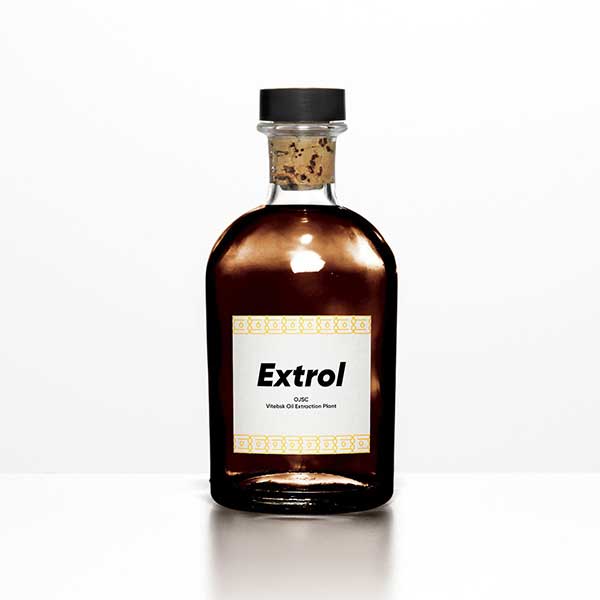Oil foots
Oil foots are considered recyclable waste and represent tank sludge formed during the storage of vegetable oils in the storehouse of raw materials and finished products. Foots consist of oil, phosphatides, moisture and impurities that accompany the oil and are extracted during its production. Foots are intended for sale and use as feed additives in the diets of farm animals, for the production of feed yeast, as well as for soap making and other technical purposes. Oilseed foods are produced according to TS BY 190239501.054-2013 "Oil Foots. Technical Specifications".
Compliance with the requirements of the Technical Regulations of the Republic of Belarus TR 2010/25 / BY "Feed and Feed Additives. Safety" and "Veterinary and Sanitary Rules for Ensuring Safety of Feed, Feed Additives and Raw Materials for the Production of Compound Feed", approved by the Resolution of the Ministry of Agriculture and Food of the Republic of Belarus dated February 10, 2011 No. 10 (as amended by the resolutions of the Ministry of Agriculture and Food dated July 28, 2011 No. 49, September 10, 2014 No. 48, June 10, 2016 No. 23, and February 5, 2018 No. 9) Annex 1, Chapter 6, clause 17.1, subclauses 17.1.4, 17.1 .6, 17.1.14, clause 17.2, Annex 3 and TS BY 190239501.054-2013 "Oil Foots. Specifications" is confirmed by Declarations of Conformity:
- for soybean foots BY/112 11.01. TR025 005 07523 dated November 5, 2019 valid till October 30, 2024;
- for rapeseed feed foots BY/112 11.01. TR025 005 07524 dated November 5, 2019 valid till October 30, 2024;
- for sunflower fodder BY/112 11.01. TR025 005 07522 dated November 5, 2019 valid till October 30, 2024.
Depending on the vegetable oil used and the purpose of the foots, the following types are distinguished:
- sunflower feed foots;
- soybean feed foots;
- rapeseed feed foots;
- technical sunflower foots;
- technical soybean foots;
- technical rapeseed foots.
| Indicator | Feed | Technical |
| Characteristics | Light brown to dark brown oily paste | |
| Odor | Odor typical of rapeseed or sunflower, or soybean, or linseed oil. Musty, rancid, sour and other foreign odors are not allowed | Not rated |
| Consistency at 20 ℃ | From fluid to paste-like | |
| Moisture and volatiles content, %, NMT | 10,0 | 15,0 |
| Mass fraction of phospholipides, %, NMT | 10,0 | |
| Mass fraction of oil, %, NMT | 70,0 | |
| Mass fraction of substances insoluble in ethyl ether, %, NMT | 15,0 | |
| Shelf life | 6 months | 12 months |


 Русский
Русский Беларуская
Беларуская